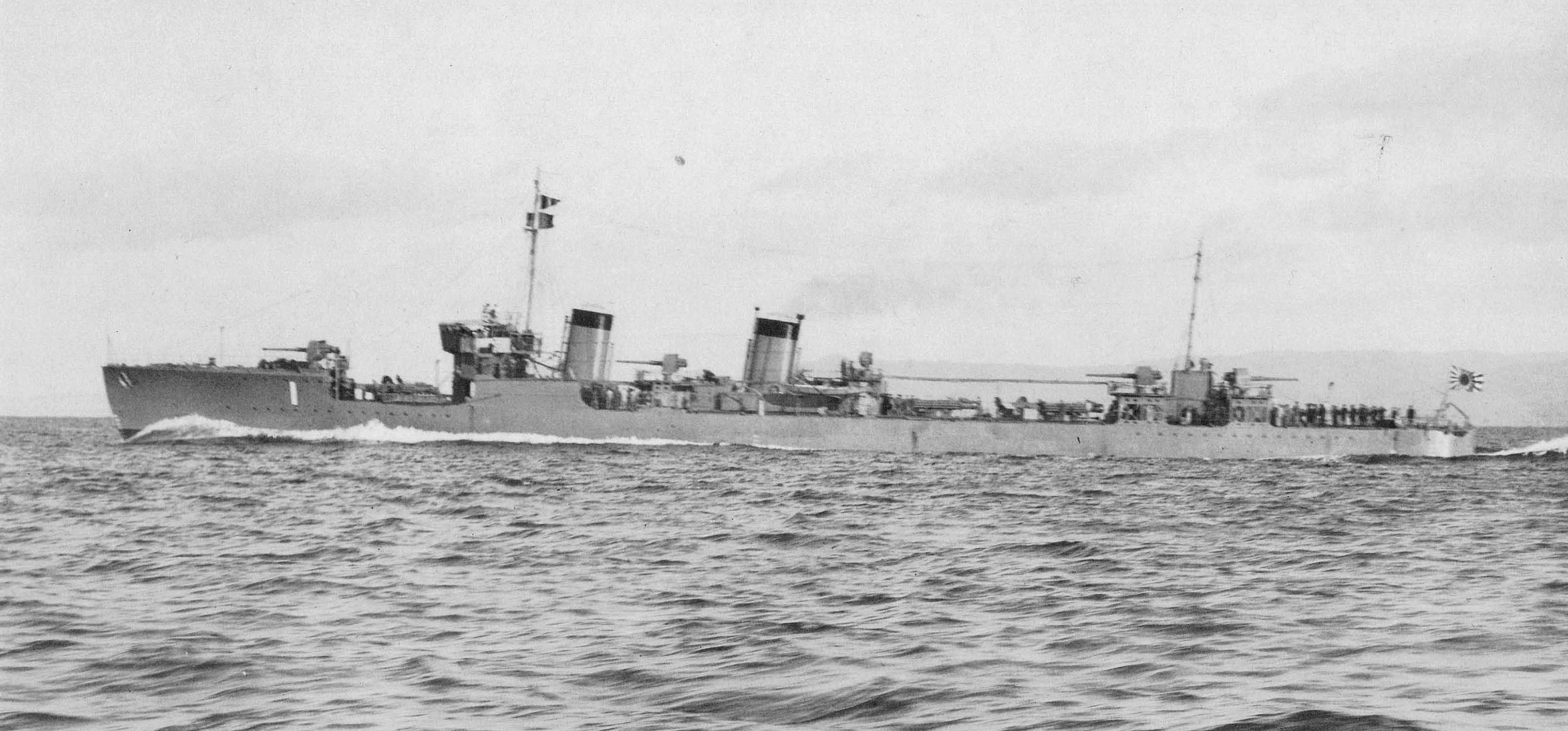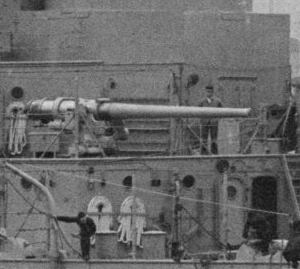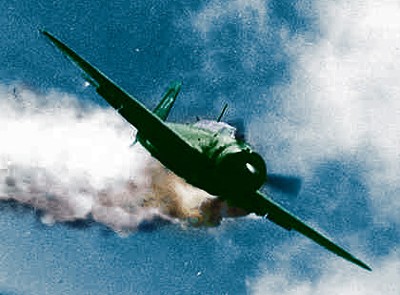|
Kamikaze-class Destroyer (1922)
The were a class of nine destroyers of the Imperial Japanese Navy. Some authors consider the ''Nokaze'', ''Kamikaze'' and es to be extensions of the s, and the ''Kamikaze'' class is sometimes referred to as the "''Kiyokaze'' class" to distinguish it from the earlier World War I-era destroyer class of the same name. Obsolete by the beginning of the Pacific War, the ''Kamikaze''s were relegated to mostly secondary roles. Most ultimately were lost to U.S. submarines. Background The ''Kamikaze''-class vessels were an extension and improvement to the ongoing ''Minekaze''-class program as part of the Eight-eight fleet Plan. They were ordered under the 1921-1922 fiscal budget. As with the , they were originally given only numbers rather than names, but were assigned individual names on 1 August 1928. Construction of the last two planned ''Kamikaze'' vessels was cancelled in conformance with the Washington Naval Treaty. ''Oite'', ''Hayate'', ''Asanagi'' and ''Yūnagi'' were called th ... [...More Info...] [...Related Items...] OR: [Wikipedia] [Google] [Baidu] |
Kamikaze II
, officially , were a part of the Japanese Special Attack Units of military aviators who flew suicide attacks for the Empire of Japan against Allied naval vessels in the closing stages of the Pacific campaign of World War II, intending to destroy warships more effectively than with conventional air attacks. About 3,800 ''kamikaze'' pilots died during the war, and more than 7,000 naval personnel were killed by ''kamikaze'' attacks. ''Kamikaze'' aircraft were essentially pilot-guided explosive missiles, purpose-built or converted from conventional aircraft. Pilots would attempt to crash their aircraft into enemy ships in what was called a "body attack" (''tai-atari'') in aircraft loaded with bombs, torpedoes and or other explosives. About 19% of ''kamikaze'' attacks were successful. The Japanese considered the goal of damaging or sinking large numbers of Allied ships to be a just reason for suicide attacks; ''kamikaze'' was more accurate than conventional attacks and often cau ... [...More Info...] [...Related Items...] OR: [Wikipedia] [Google] [Baidu] |
World War I
World War I (28 July 1914 11 November 1918), often abbreviated as WWI, was one of the deadliest global conflicts in history. Belligerents included much of Europe, the Russian Empire, the United States, and the Ottoman Empire, with fighting occurring throughout Europe, the Middle East, Africa, the Pacific, and parts of Asia. An estimated 9 million soldiers were killed in combat, plus another 23 million wounded, while 5 million civilians died as a result of military action, hunger, and disease. Millions more died in genocides within the Ottoman Empire and in the 1918 influenza pandemic, which was exacerbated by the movement of combatants during the war. Prior to 1914, the European great powers were divided between the Triple Entente (comprising France, Russia, and Britain) and the Triple Alliance (containing Germany, Austria-Hungary, and Italy). Tensions in the Balkans came to a head on 28 June 1914, following the assassination of Archduke Franz Ferdin ... [...More Info...] [...Related Items...] OR: [Wikipedia] [Google] [Baidu] |
Sasebo Naval District
was the third of five main administrative districts of the pre-war Imperial Japanese Navy. Its territory included the western and southern coastline of Kyūshū, the Ryukyu Islands, Taiwan and Korea, as well as patrols in the East China Sea and the Pacific Sasebo also contained the Sasebo Naval Arsenal, specializing mostly in destroyers and smaller warships; and its anchorage was one of the largest in Japan. The District encompassed anchorages at Imari and Hirado ports as well as the designated third echelon naval ports of Takeshiki ( Tsushima), Kagoshima, Kuji ( Amami-Ōshima), and Wakamatsu (Gotō Islands) History The location of Sasebo facing China and Korea, and near the foreign treaty port of Nagasaki was recognized of strategic importance by the leaders of the early Meiji government and early Imperial Japanese Navy. In 1883, the then Lieutenant Commander Tōgō Heihachirō nominated what was a tiny fishing village as the ideal location for a naval base. With the formation ... [...More Info...] [...Related Items...] OR: [Wikipedia] [Google] [Baidu] |
Chuuk Lagoon
Chuuk Lagoon, previously Truk Atoll, is an atoll in the central Pacific. It lies about northeast of New Guinea, and is part of Chuuk State within the Federated States of Micronesia (FSM). A protective reef, around, encloses a natural harbour , with an area of . It has a land area of , with a population of 36,158 people and a maximal elevation of . Weno city on Moen Island functions as the atoll's capital and also as the state capital and is the largest city in the FSM with its 13,700 people. Chuuk Lagoon was the Empire of Japan's main naval base in the Pacific War, South Pacific theatre during World War II. It was the site of a major U.S. attack during Operation Hailstone in February 1944, and Operation Inmate, a small assault conducted by British and Canadian forces during June 1945. Name Chuuk means ''mountain'' in the Chuukese language. The lagoon was known mainly as Truk (a mispronunciation of Ruk), until 1990. Other names included Hogoleu, Torres, Ugulat, and Lugu ... [...More Info...] [...Related Items...] OR: [Wikipedia] [Google] [Baidu] |
Battle Of Wake Island
The Battle of Wake Island was a battle of the Pacific campaign of World War II, fought on Wake Island. The assault began simultaneously with the attack on Pearl Harbor naval and air bases in Hawaii on the morning of 8 December 1941 (7 December in Hawaii), and ended on 23 December, with the surrender of American forces to the Empire of Japan. It was fought on and around the atoll formed by Wake Island and its minor islets of Peale and Wilkes Islands by the air, land, and naval forces of the Japanese Empire against those of the United States, with Marines playing a prominent role on both sides. The island was held by the Japanese for the duration of the Pacific War theater of World War II; the remaining Japanese garrison on the island surrendered to a detachment of United States Marines on 4 September 1945, after the earlier surrender on 2 September 1945 on the battleship in Tokyo Bay to General Douglas MacArthur. Prelude In January 1941, the United States Navy constructed a m ... [...More Info...] [...Related Items...] OR: [Wikipedia] [Google] [Baidu] |
Main Battery
A main battery is the primary weapon or group of weapons around which a warship is designed. As such, a main battery was historically a gun or group of guns, as in the broadsides of cannon on a ship of the line. Later, this came to be turreted groups of similar large-caliber naval rifles. With the evolution of technology the term has come to encompass guided missiles as a vessel's principal offensive weapon, deployed both on surface ships and submarines. A main battery features common parts, ammunition, and fire control across the weapons which it comprises. Description In the age of cannon at sea, the main battery was the principal group of weapons around which a ship was designed, usually its heavies. With the coming of naval rifles and subsequent revolving gun turrets, the main battery became the principal group of heaviest guns, regardless of how many turrets they were placed in. As missiles displaced guns both above and below the water their principal group became a ve ... [...More Info...] [...Related Items...] OR: [Wikipedia] [Google] [Baidu] |
Torpedo Tube
A torpedo tube is a cylindrical device for launching torpedoes. There are two main types of torpedo tube: underwater tubes fitted to submarines and some surface ships, and deck-mounted units (also referred to as torpedo launchers) installed aboard surface vessels. Deck-mounted torpedo launchers are usually designed for a specific type of torpedo, while submarine torpedo tubes are general-purpose launchers, and are often also capable of deploying naval mine, mines and cruise missiles. Most modern launchers are standardized on a diameter for light torpedoes (deck mounted aboard ship) or a diameter for heavy torpedoes (underwater tubes), although other sizes of torpedo tube have been used: see Torpedo#Classes and diameters, Torpedo classes and diameters. Submarine torpedo tube A submarine torpedo tube is a more complex mechanism than a torpedo tube on a surface ship, because the tube has to accomplish the function of moving the torpedo from the normal atmospheric pressure within t ... [...More Info...] [...Related Items...] OR: [Wikipedia] [Google] [Baidu] |
Bridge (ship)
The interior of the bridge of the Sikuliaq'', docked in Ketchikan, Alaska">RV_Sikuliaq.html" ;"title="Research Vessel ''RV Sikuliaq">Sikuliaq'', docked in Ketchikan, Alaska file:Wheelhouse of Leao Dos Mares.jpg, Wheelhouse on a tugboat, topped with a flying bridge The bridge, also known as the pilothouse or wheelhouse, is a room or platform of a ship from which the ship can be commanded. When a ship is under way, the bridge is manned by an officer of the watch aided usually by an able seaman acting as a lookout. During critical maneuvers the captain will be on the bridge, often supported by an officer of the watch, an able seaman on the wheel and sometimes a pilot, if required. History and etymology The compass platform of a British destroyer in the Battle of the Atlantic during the Second World War with central binnacle">Second_World_War.html" ;"title="Battle of the Atlantic during the Second World War">Battle of the Atlantic during the Second World War with central bin ... [...More Info...] [...Related Items...] OR: [Wikipedia] [Google] [Baidu] |
Kamikaze II Class Oite Group 4destroyers
, officially , were a part of the Japanese Special Attack Units of military aviation, military aviators who flew suicide attacks for the Empire of Japan against Allies of World War II, Allied naval vessels in the closing stages of the Pacific War, Pacific campaign of World War II, intending to destroy warships more effectively than with conventional air attacks. About 3,800 ''kamikaze'' pilots died during the war, and more than 7,000 naval personnel were killed by ''kamikaze'' attacks. ''Kamikaze'' aircraft were essentially pilot-guided explosive missiles, purpose-built or converted from conventional aircraft. Pilots would attempt to crash their aircraft into enemy ships in what was called a "body attack" (''tai-atari'') in aircraft loaded with bombs, torpedoes and or other explosives. About 19% of ''kamikaze'' attacks were successful. The Japanese considered the goal of damaging or sinking large numbers of Allied ships to be a just reason for suicide attacks; ''kamikaze'' was ... [...More Info...] [...Related Items...] OR: [Wikipedia] [Google] [Baidu] |





